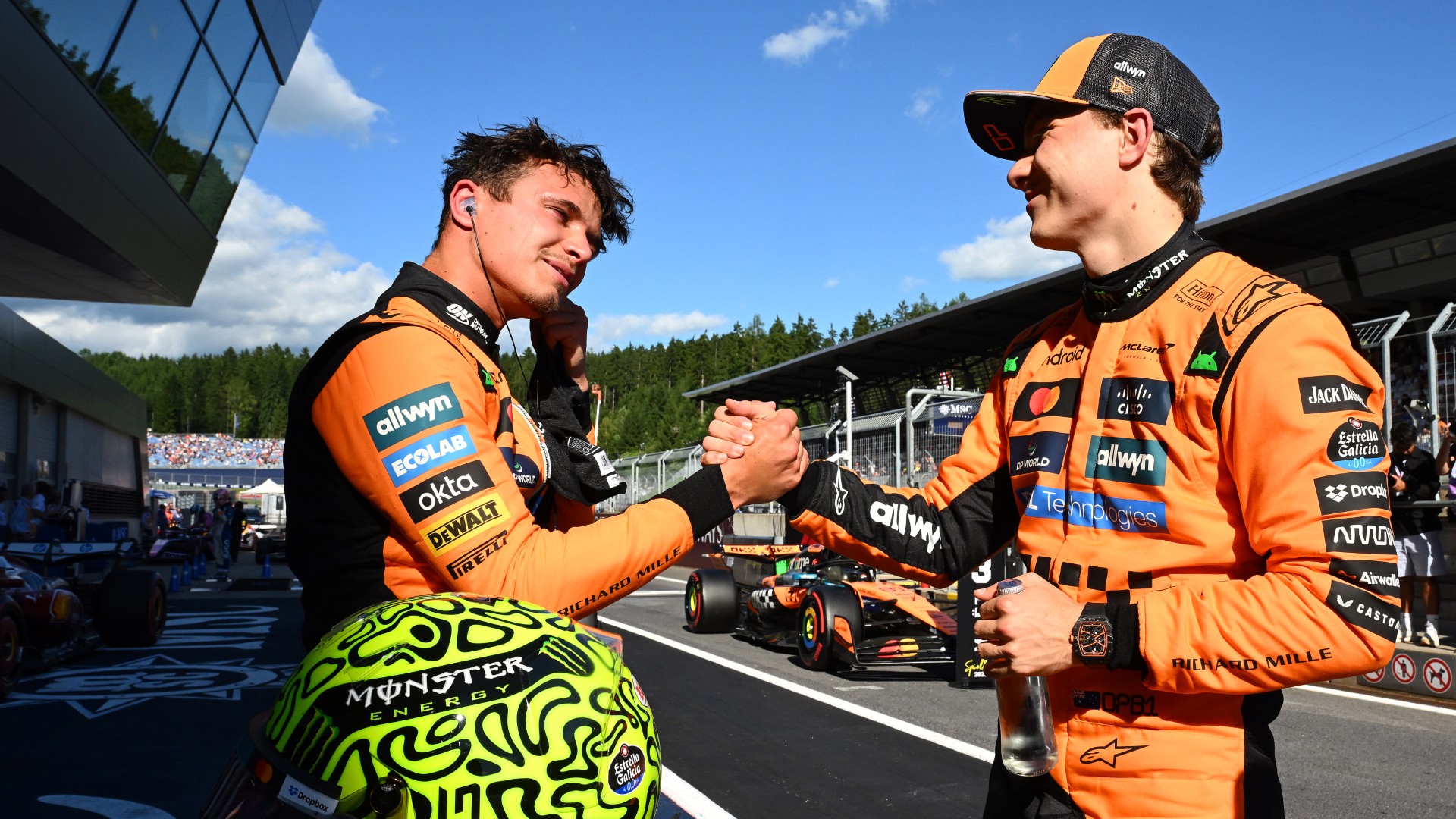Was Carlos Sainz Better for Ferrari Than Lewis Hamilton?
Ferrari team principal Fred Vasseur has openly acknowledged that both he and Lewis Hamilton underestimated the challenges of adapting to life at Ferrari after 18 years at Mercedes.
Lewis Hamilton’s blockbuster move to Ferrari ahead of the 2025 Formula 1 season was met with sky-high expectations.
After a record-breaking career with Mercedes, where stability and familiarity defined his environment, Hamilton faced a steep learning curve adjusting to Ferrari’s distinct culture, personnel, and a car with a radically different engine and braking system
Fred Vasseur, Ferrari’s team principal, admitted they “stupidly” underestimated the complexity of this change, explaining that Hamilton "is not like Carlos Sainz," who has experienced multiple team changes and the adjustment process several times.
Vasseur revealed that the shift from an English team like Mercedes to the symbolically and technically different Italian outfit was a bigger leap than anticipated. This resulted in a slower start to Hamilton’s Ferrari career than fans and the team expected.
After 14 races into the season, Hamilton is yet to secure a podium finish, while teammate Charles Leclerc has already stood on the podium five times. Hamilton’s emotional struggles became visible after a difficult qualifying performance in Hungary, where he called himself “useless” and suggested Ferrari consider a driver change.
Extreme Reactions and Fine Margins
Vasseur highlighted Hamilton’s tendency to “exaggerate” issues both with the car and himself, characterized by “extreme” reactions that sometimes exacerbate the public perception of struggles.
The Ferrari boss stressed the importance of calming these moments and reminded that the times lost due to adapting to new engine braking systems are minuscule—“maybe half a tenth” of a second per lap—but in Formula 1, even that can dramatically affect results.
Despite the setbacks, Vasseur insisted Hamilton is “frustrated but not demotivated.” He likened Hamilton’s demanding personality—expecting a lot from himself and the team—to other drivers known for their high standards, such as Nico Hülkenberg.
Vasseur emphasized that Hamilton’s early-season difficulties should be viewed as part of an ongoing adjustment rather than a sign of permanent decline.
Patience and Long-Term Goals
Ferrari has backed Hamilton with a multi-year contract, anticipating that the changes coming with the 2026 technical regulations could offer the Briton a fresh opportunity for success. Vasseur remains confident that with patience and ongoing support, Hamilton will continue to adapt and progressively challenge for top results.
The team principal warned against the damage caused by negative rumors and speculation within the paddock, calling for focus and stability inside the team to allow Hamilton and Ferrari the best chance to flourish.
As the season resumes post-summer break, all eyes will be on Hamilton to see if the experienced champion can overcome early adaptation challenges and regain the form that made him one of Formula 1’s most decorated drivers.
Vasseur’s candid reflections provide a rare insight into the complexities of one of the biggest transitions in F1 history and the ongoing journey of Lewis Hamilton at Ferrari.






















